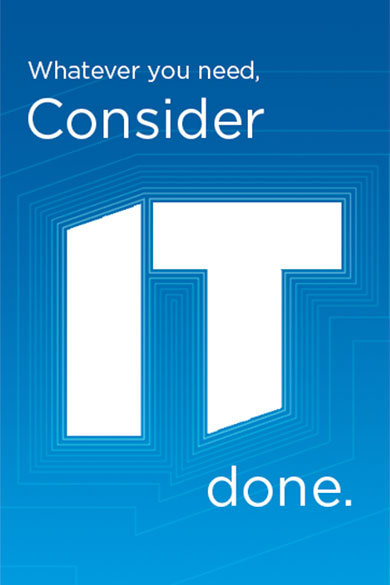
Intel® Technology Solutions for Energy
Transforming today's energy landscape.
As disruptive forces reshape the energy industry, utilities are under enormous pressure to grow more efficient and implement new revenue-producing capabilities. Many are leveraging the latest Intel® technology advances to improve the productivity, safety and security of plant operations as well as utility service crews in the field for a smarter approach to energy service delivery.
Rugged tablets for better, more efficient workflows
Utilities are under constant pressure to cut costs and modernize workflows, all while maintaining efficient, high-quality service. The solution: by equipping service crews with secure, ruggedized tablets powered by Intel® processors, utilities can help improve the efficiency of maintenance workflows. Tablets provide a robust, reliable interface for end-to-end workflow applications, even under adverse field conditions, reducing time spent on "paperwork" and increasing billable "wrench time" for service calls.
Street lights made smarter with Intel® processors
Street lighting can account for nearly 40 percent of a city's total energy costs, so it makes good sense to transition to energy-efficient LEDs – but that's just the beginning. Smart lighting can be connected to Intel® Quark™ processors for environmental monitoring; to Intel® Atom™ processors for hi-res cameras; and to Intel® Core™ processors for high-end Internet-connected cameras for 4K video, wi-fi hotspots, digital signage applications and more.
Energy-efficient buildings powered by the Intel IoT
In commercial buildings, retail centers, school campuses, and other facilities, controlling operational expenses is a constant challenge. Today, the Internet of Things (IoT) powered by Intel® technology enables managers to collect, analyze, and control data from a multitude of systems, including HVAC, power, and lighting. Using the Intel IoT platform and enhanced analytics, they can keep systems functional and cost-effective. The result: reduced energy consumption, greater operational performance, remote systems monitoring and control, and lower maintenance costs.




